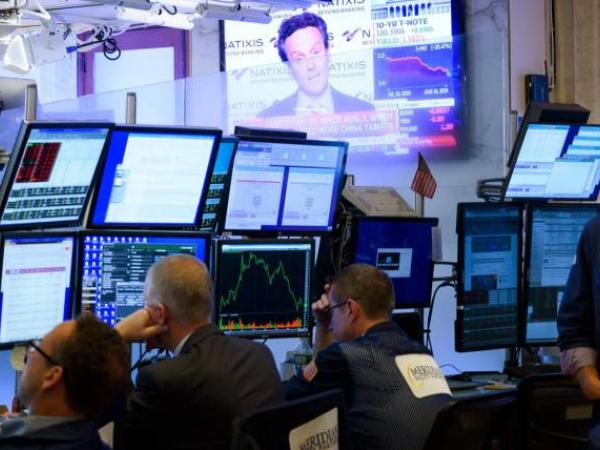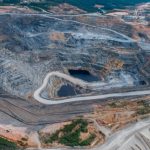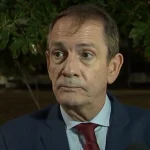The macroeconomic future of Latin America will play its luck in the coming months of the current year, which will be key to determining whether the region will be enveloped by the phenomena of stagflation or recession, as some of the world’s most important economies have experienced.
(See: Is the end of the container crisis coming? This is the landscape).
The first, stagflation, occurs when high inflation and economic stagnation are combined, while recession is a decrease in economic activity as a whole during a given period.
The context is not simple. Although the continent had already been experiencing an inflationary spiral since last year, which is why central banks began to increase their interest rates, the outbreak of the war in Ukraine and its consequences in supply chains have put the foot on the cost of living accelerator.
Currently, this upward policy remains tight in order to control the increase in the cost of living in the region. Many of the current levels of those interest rates, as in the case of Peru, are historical values.
(See: Venezuela: five signs of recovery of its economy and its limits).
As if that were not enough, to this is added the upward policy in interest rates that it is carrying out the Federal Reserve (Fed) of the United States, the largest economy in the world, and whose dollar dictates international guidelines. Although the region has weathered these hikes well, the future is not so clear.
“It is true that the economies of the region are facing a very complex situation and it is likely that most of the large economies will experience a recession in the next year and a half. Mainly because central banks are forced to rapidly raise interest rates to control inflation.”, he explained Theodore Kahn, senior international economist at the consulting firm Control Risks.
For Kahn, the Fed’s normalization factor plays an important role “because high interest rates in the United States discourage investment in emerging markets.”
(See: The dollar surpassed the euro for the first time in history).
Secondly, Diego Camacho, international economist at Credicorp Capital, rules out, for the time being, the emergence of both phenomena in the Latin American region.
“We do not see a scenario of stagflation or recession. In Latin America, what we see is a scenario of still positive growth rates that should be moderated from the high data we have seen recently, all this in a context of high inflation.”, Camacho pointed out.
A recession in the United States, the clearest macroeconomic factor in the world, if it could affect the region, although in Camacho’s opinion, it would not reach the point of generating these effects in Latin America.
Currently, the region continues with positive forecasts for its growth rates. In the most recent reevaluation of the Economic Commission for Latin America (ECLAC), the forecast of the growth of the Gross Domestic Product (GDP) for this year is 1.8%, cut from 2.1% product of the war. In 2021, the rebound was 6.1%.
According to him International Monetary Fund, the region would have an economic growth of 2.5% by the end of the year, a slight improvement from the 2.4% of the previous measurement.
(See: World service trade maintains recovery despite war).
Both organizations agree that the region can take advantage of the current context of high prices of raw materials, such as copper, gas or oil, as well as grains, where the continent has great potential.
Ernesto Revilla, Citi Research’s chief economist for Latin America, commented that they don’t see a recession scenario for the region, since positive growth is still expected for this year, but they are considering different scenarios in which stagflation plays a key role. “Although the possibility is still low, it is more likely to happen first here than in another region”.
The winds of recession are blowing stronger all over the world, although especially in the USA.
More and more firms are joining the forecasts of a contraction in the world’s largest economy, the second in less than two years, after the covid-19 pandemic.
(See: G7: leaders of the richest countries show concern about the economy).
“The clearest case that is being discussed is that of the United States, and for now, it would be a technical recession. The big concern is whether the Fed’s accelerated normalization cycle is leading to a more severe recession.”, Camacho pointed out.
US GDP contracted by 1.6% in the first quarter of 2022 and the Atlanta Fed estimate for 2Q is -1.2%.
ROBERTO CASAS LUGO
Journalist Portfolio

















